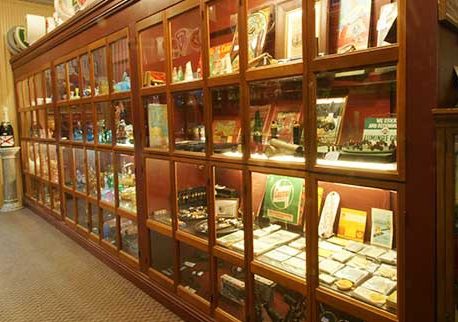If you are planning to store your antiques, you need to follow these guidelines: pack carefully, ensure climate control, take photos and make inventory. Keep in mind that antiques are not only small collector’s items, but they may also be large pieces of furniture. While small pieces of furniture can be packed into boxes, they require different handling and storage methods. Here are some guidelines to keep your antiques safe during storage. We hope you find these guidelines useful!
Packing materials
When storing your antiques, you need to take extra care to pack them properly. While regular packing materials can help protect your antiques from dust and damage, you should use quality materials for additional protection. If you are unsure of what to use for packing your antiques, a moving and storage company can provide you with the right materials. They can also provide you with the services of a professional packing service. Read on to learn more about packing materials for your antiques.
Climate control
Climate control is very important for preserving the beauty of antique furniture. The furniture should be stored at a temperature between 15 and 25 degrees cto prevent the growth of mould and mildew. To avoid this problem, most climate-controlled storage units have dehumidifiers that eliminate excess humidity. Leather and suede textiles should be stored flat, and linen textiles should be wrapped in white muslin.
Taking photos
When taking photos of your antiques, it is crucial to use the right tools. For example, you will need acid-free photo storage boxes and archival photo sleeves. While these may seem like the basic items you need to store your photos, they aren’t very water-resistant. To make the best out of these supplies, make sure to remove any paper clips, staples, or odors. Also, don’t forget to wear cotton gloves while handling the old photos to avoid damaging them with your fingerprints.
Inventory
Before you pack and move your antiques, you should create an inventory of your possessions. This will allow you to track your valuables and prevent damage during the transfer. You can also use your inventory to file insurance claims in case something goes wrong. This article will provide some helpful inventory guidelines. Listed below are some of the most common storage conditions for antiques. Follow these guidelines to preserve your valuables. And remember: keeping your belongings safe is important too!
Disassembling
When moving or storing antiques, you may be required to disassemble them. Whether the furniture is fragile or heavy, disassembling it makes transportation and storage easier. Some common disassembling steps include removing table and chair legs, shelves, and headboards. Since antique furniture is often fragile, disassembling it will help keep the wood intact. Read on to learn how to disassemble antiques safely. After you have dismantled your furniture, you can carefully pack the parts in plastic bags.
Care
Taking care of your antiques is crucial to ensure their lasting condition. If possible, clean your pieces with a furniture polish or wax to add moisture and prevent cracks. You can also wrap the glass parts of the furniture in towels or bubble wrap. Once cleaned, store them in a climate-controlled storage unit. Here are some other important steps to ensure the longevity of your antiques. Read on to learn how to pack your antiques properly and ensure the longevity of your antiques.
Shipping
When shipping your antiques, make sure to follow the following shipping guidelines. You will need to protect your antiques during transit by using quality packing materials and specialized methods. Depending on the type of antique, different materials are required. To make sure that you receive the highest quality shipment, contact Air Sea Containers to order packing materials and labels for your antique furniture. We have years of experience in shipping antiques safely. Here are some tips that will help you get started.

